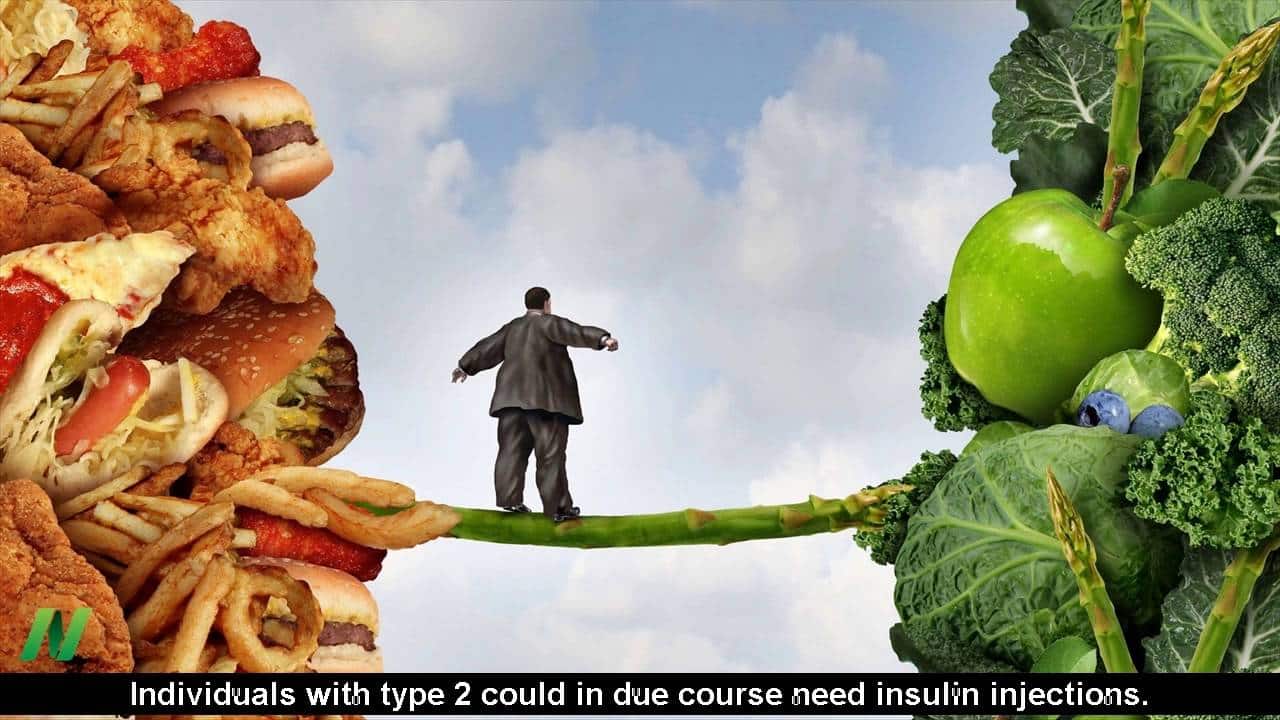Imagine a pizza healthy enough to eat 3 times a day, every day. Am already floating in pizza heaven.
When someone asks me “what’s up” during a conversation, am usually tempted to say “my body fat”. However, this is the way of life for some of us- throwing away all the junk food in a tear-filled rage and vowing never to eat unhealthy stuff and live healthy. Fast forward to end of the day- you would probably find me eating 23 oreos and ice cream straight out of the tub.
Therefore, scientists at the Nestlé Research Center (NRC) in Lausanne, Switzerland, are studying sugar—from its perceived sweetness when a single sugar molecule reaches our taste buds to its role in preserving foods, such as in jams, jellies and beef jerky. From this, they hope to re-engineer sugar using only natural ingredients to convert them into lower-calorie foods at the molecular level without detracting from the flavor or texture.
If statistics are to be believed, the Americans are literally eating their way to death. Two-thirds of Americans are now overweight, and in a recent report, scientists with the Organisation for Economic Co-operation and Development (OECD) wrote that in some countries, including the United
States and Mexico, obesity rates are approaching forty percent.Harvard evolutionary biologist Daniel Lieberman, explains that our relationship with sugar is the result of a genetic mutation that permits our bodies to easily convert sugar into fat. And this fat serves as an energy-dense reservoir hidden away only to surface during lean times — something that we could say is a gatherer’s insurance policy. But then, we all know for a fact that we are far from gatherers- that we have surpassed that phase in evolution. With sugar, fat and salt abundant, our lifestyle is becoming increasingly sedentary.
In response to this mounting crisis, scientists are using chemistry, and materials and sensory science to engineer away the need for excessive sugar, fat and salt. “Researchers are studying how we perceive sweetness and saltiness, and how we might modify either the composition or the structure of foods to deliver the best sweetness from the least amount of sugar,” says Gregory Ziegler, professor of food science at Penn State University.
Sounds real cool does it not?
Simply put, the scientists are trying to cut out all or at least most the sugar in junk food to present the same food with all the same old qualities, but in a more healthy form.
Candy, for instance- Imagine your favorite candy. Say, a box of Kit Kat or Ferrero Rocher, now available with half the sugar it would originally contain. Lesser calories, but the original flavour and texture intact.
In order to achieve this, the scientists are trying to alter sugar’s structure so that it dissolves more quickly in water or saliva and reaches the taste buds more quickly.
“We have discovered a completely new way to use a traditional, natural ingredient. We really focused on how we could maximize the expression of sugar’s sweetness so less sugar, in total, is necessary. Our approach is very much inspired by nature—we are looking at how food found in nature is structured and trying to replicate that in our products and processes.” says Reinhard Behringer, who leads the Institute of Materials Science at the NRC.
Behringer adds that the same principle—maximizing the expression of ingredients as a means to reduce overall use—might, in the future, apply to salt and fat. “Often times with food, we only sense a small fraction of, say, the salt in pizza or the sugar in chocolate, so we’re working to exploit the intrinsic qualities of raw ingredients to a maximum,” he says, adding that the research supports Nestlé’s mission to develop healthier and tastier products with sound science.
Nestlé hopes to crank out candies, confectionary products and other unhealthy foods with 40% less sugar beginning in 2018. Although the study is on in full swing, with patents pending, the company cannot reveal its methodology.
Working with, not against, our evolution can be slow, but Behringer says, “Step by step, we’re making our products more nutritious without compromising on taste. In the long-term, our goal is really to help adjust tastes so people crave less sugar, salt and fat in their diets”



























